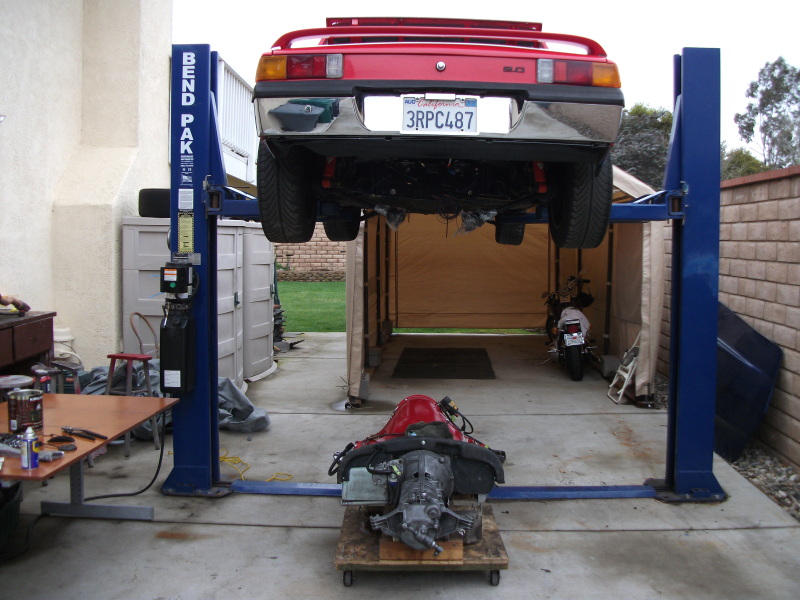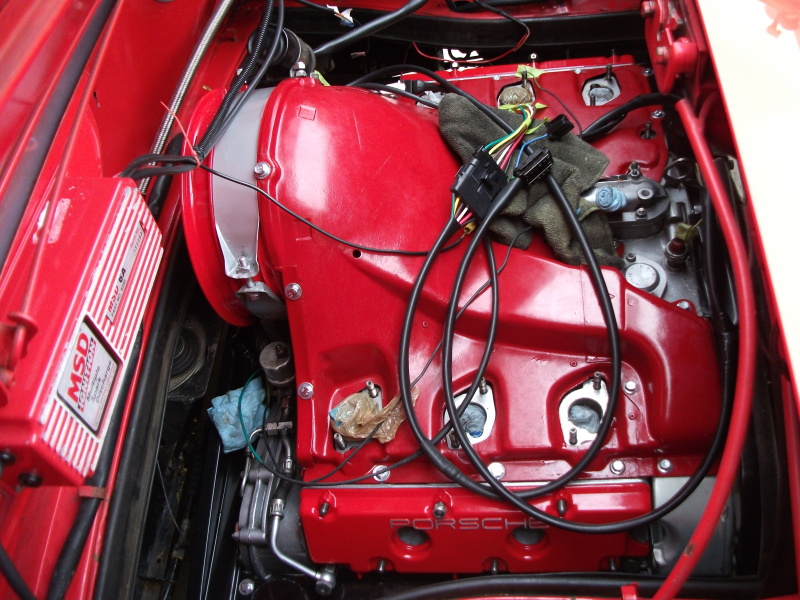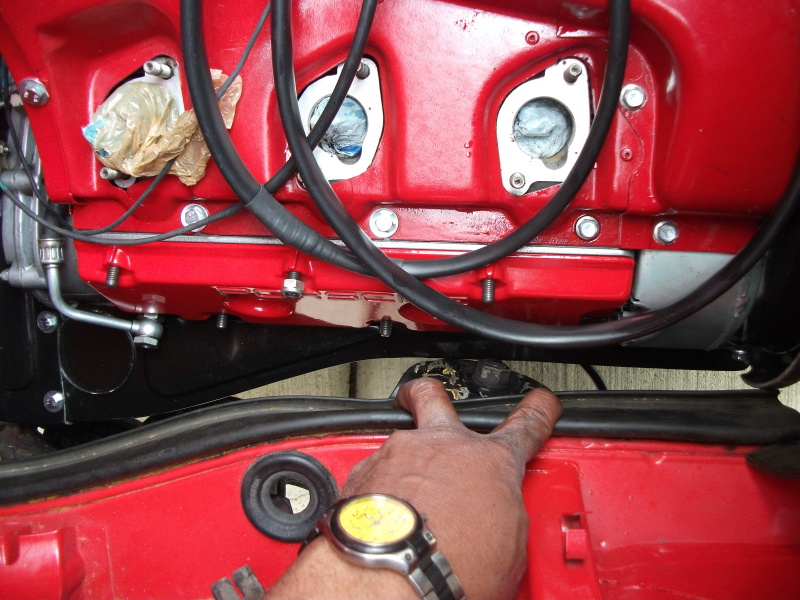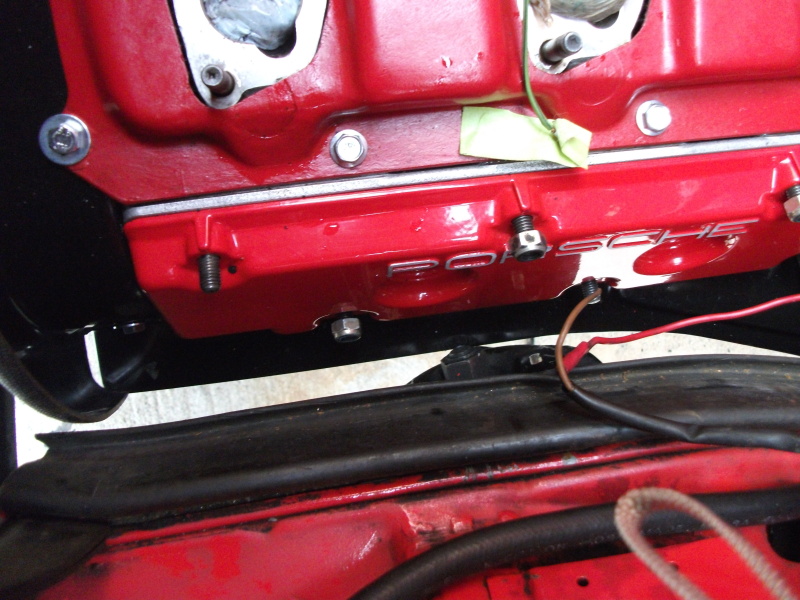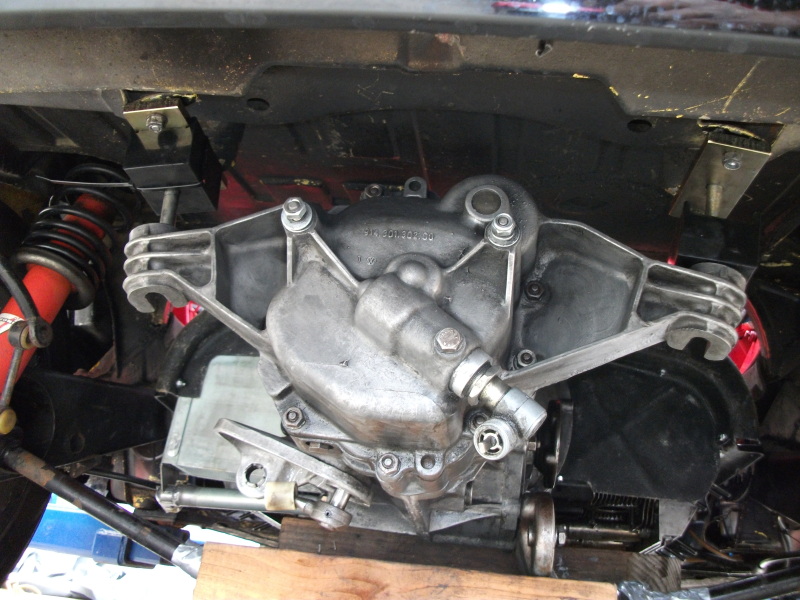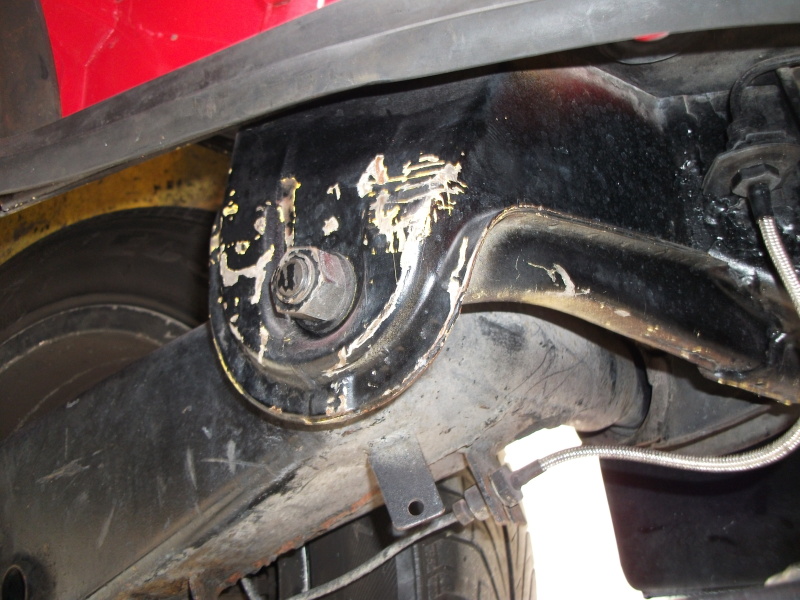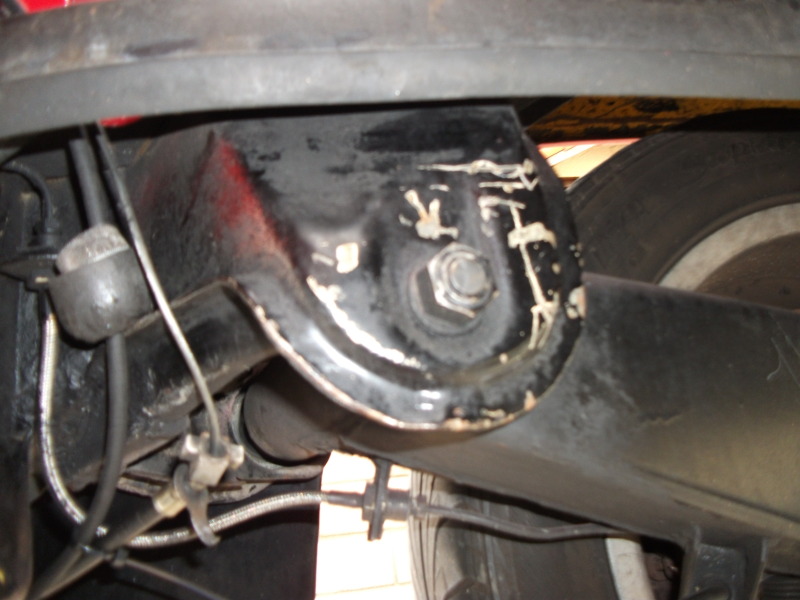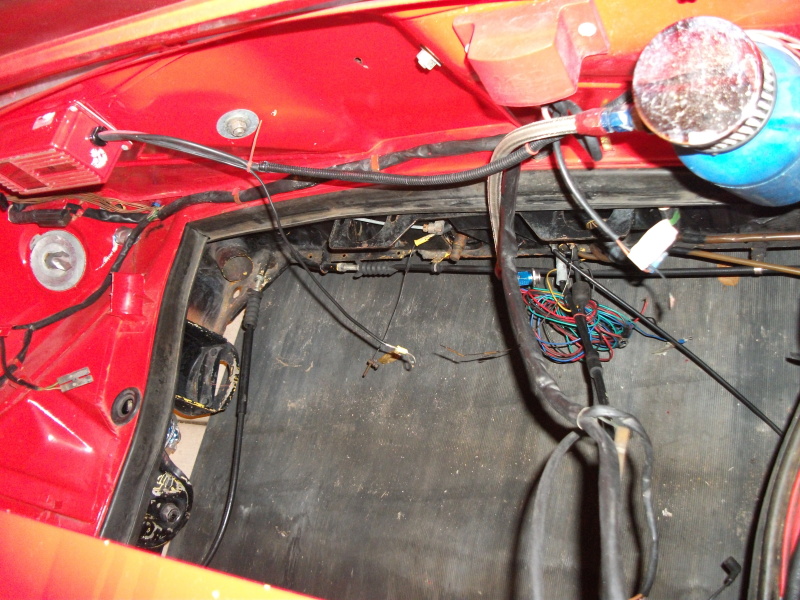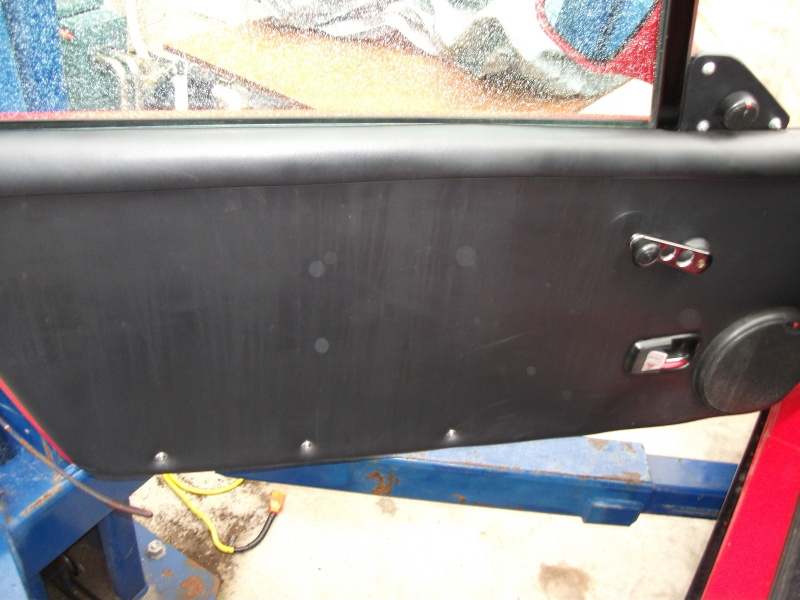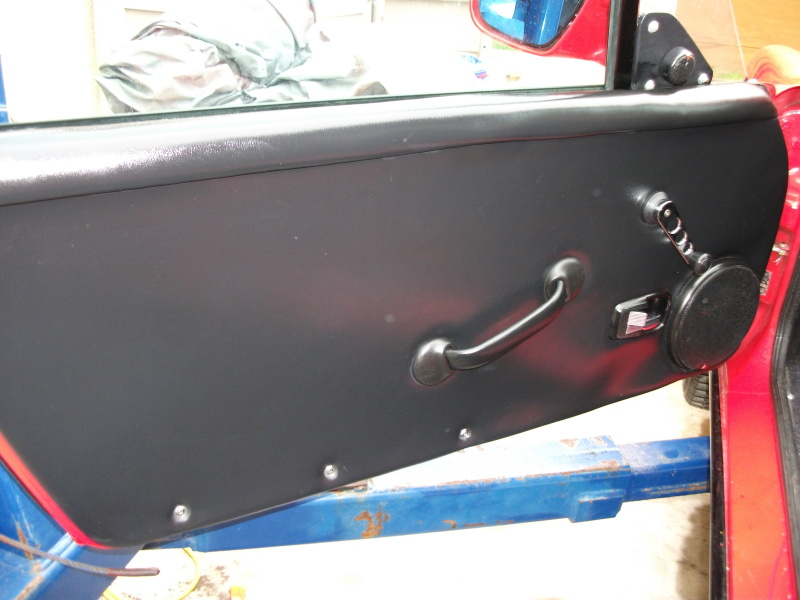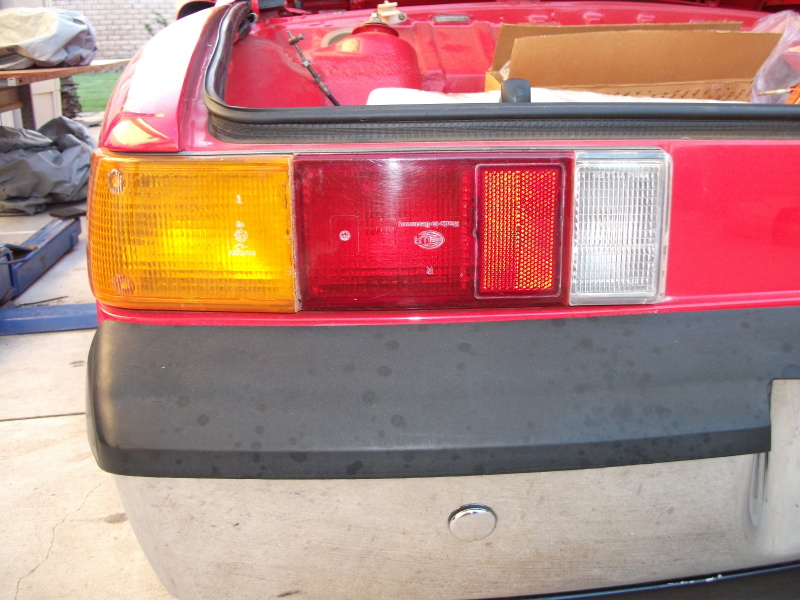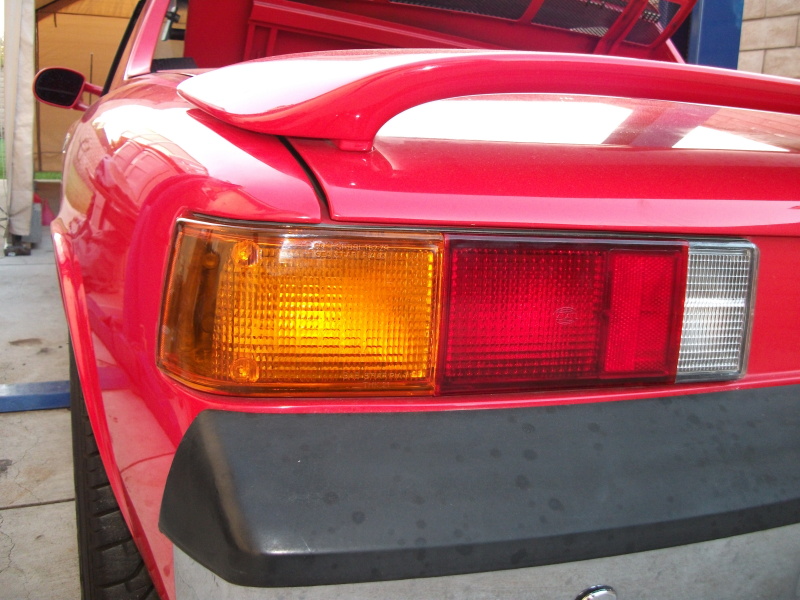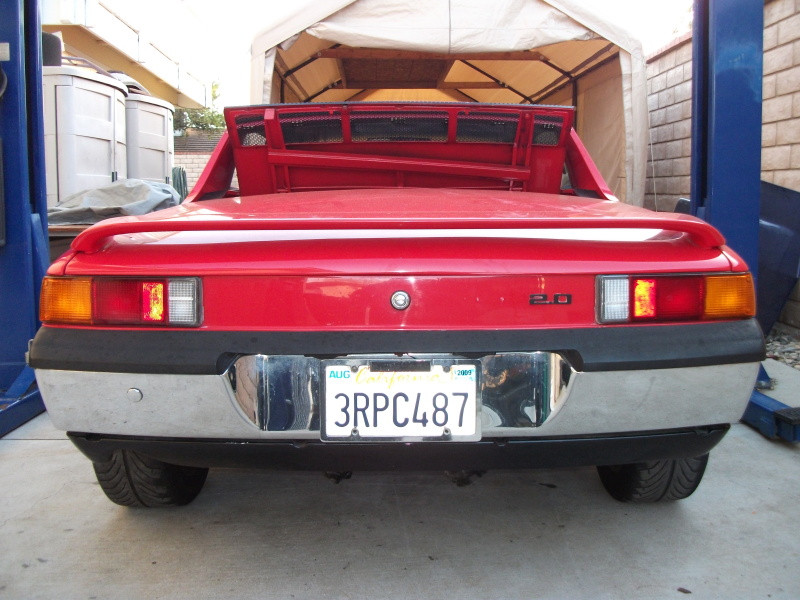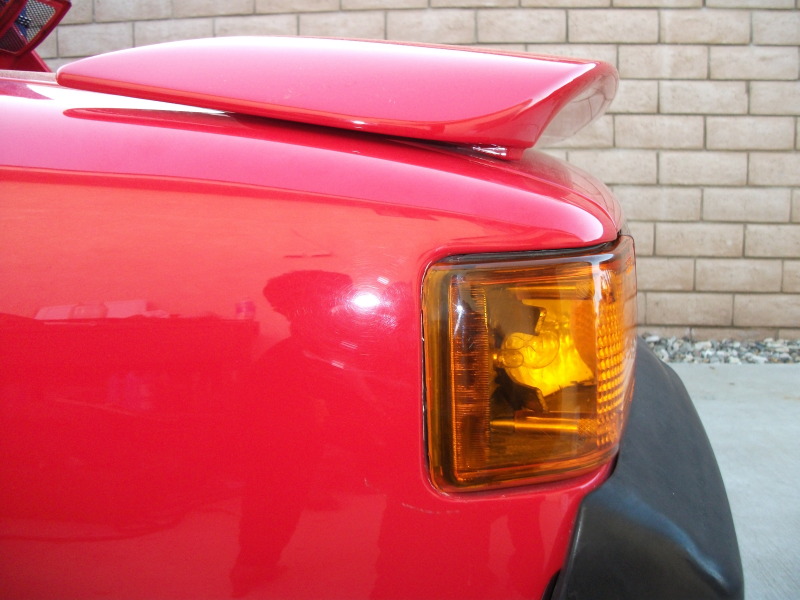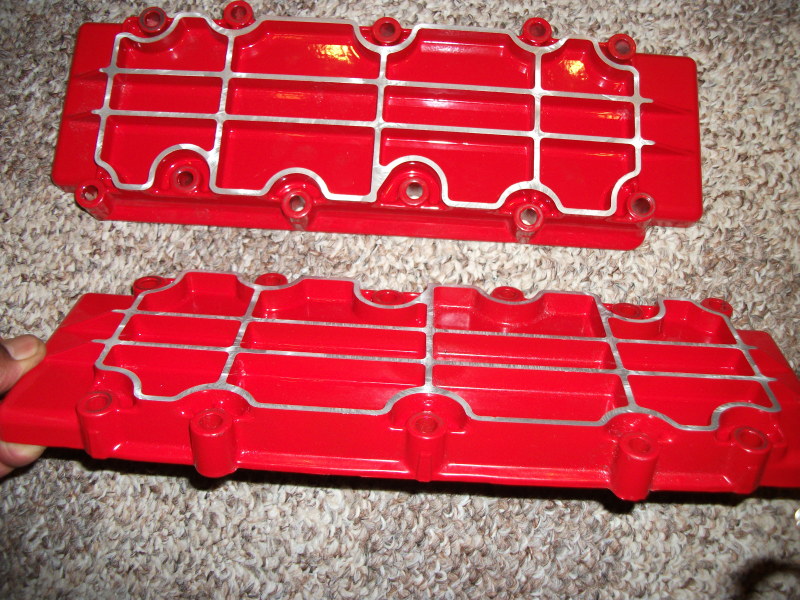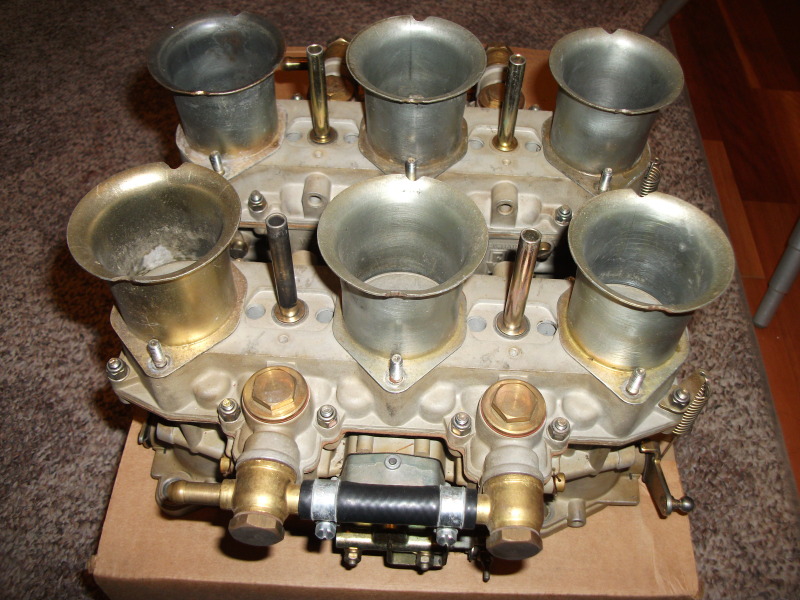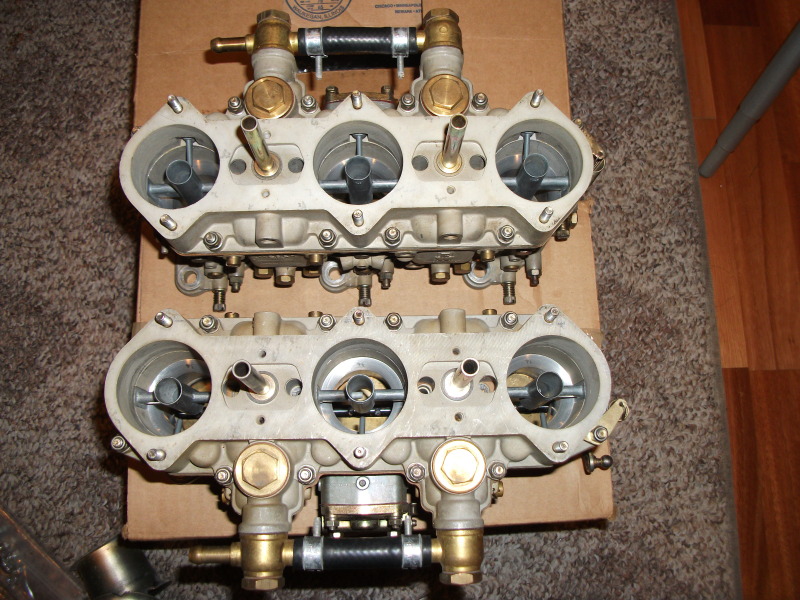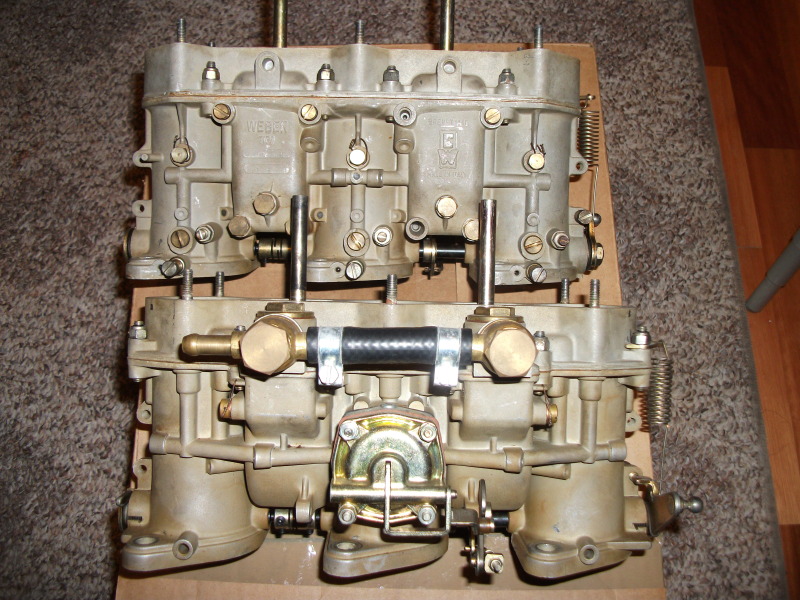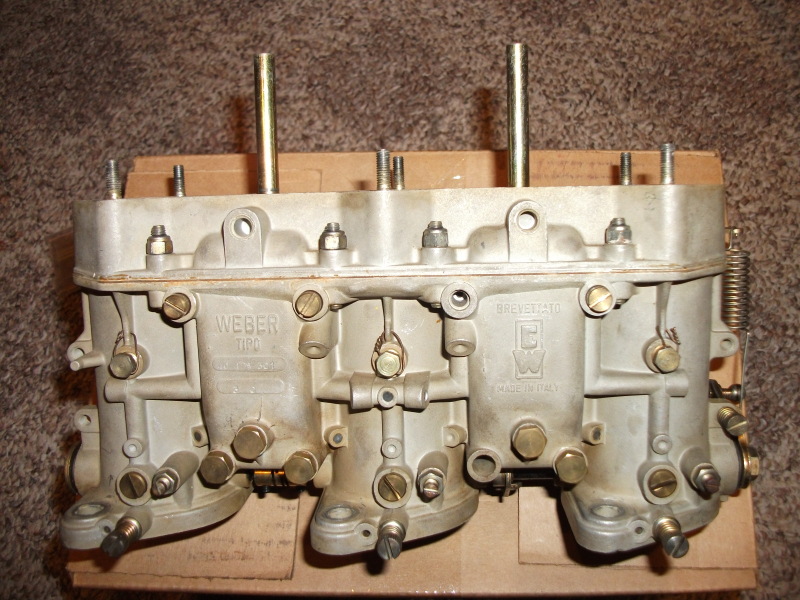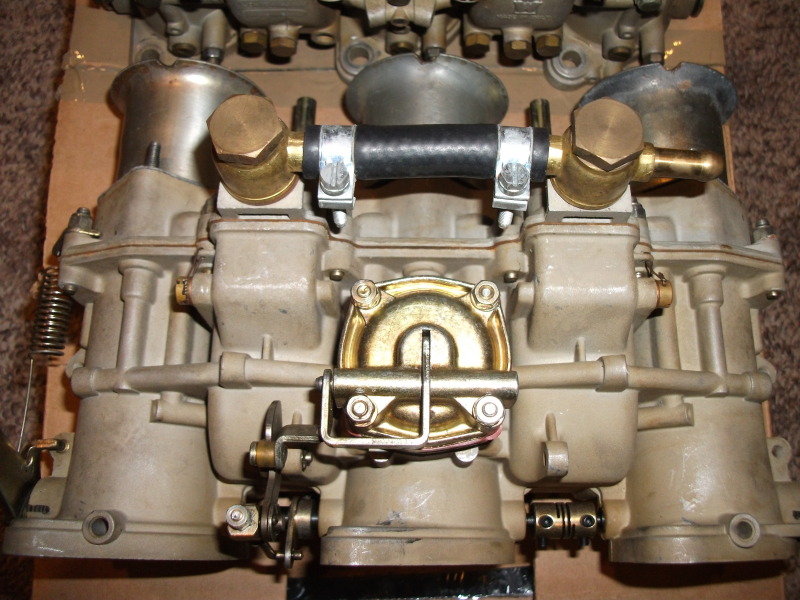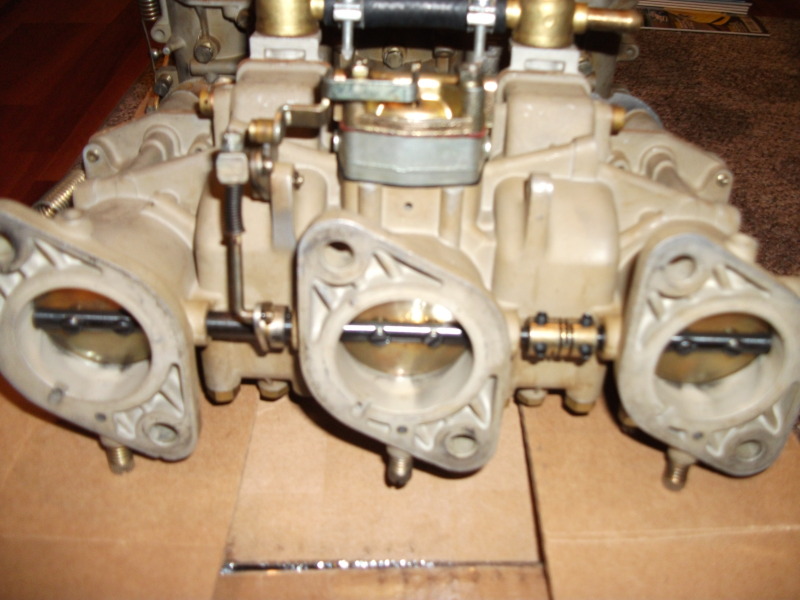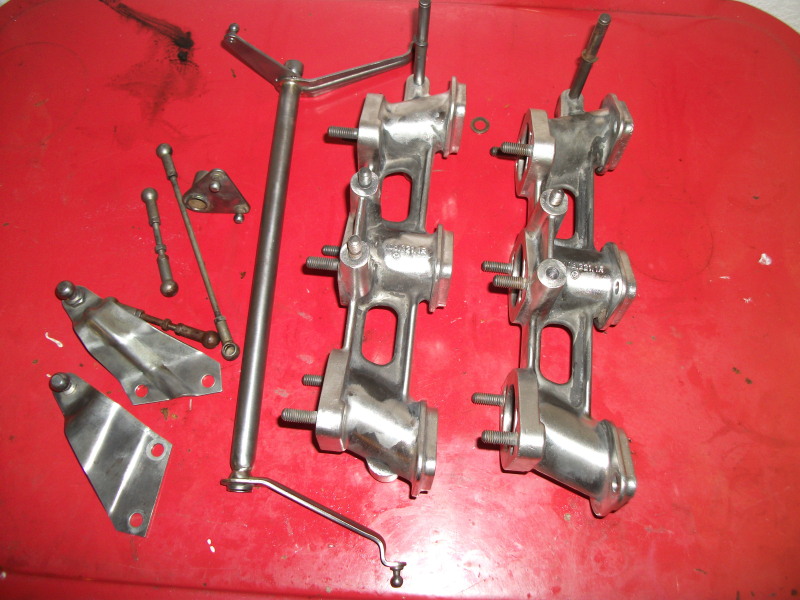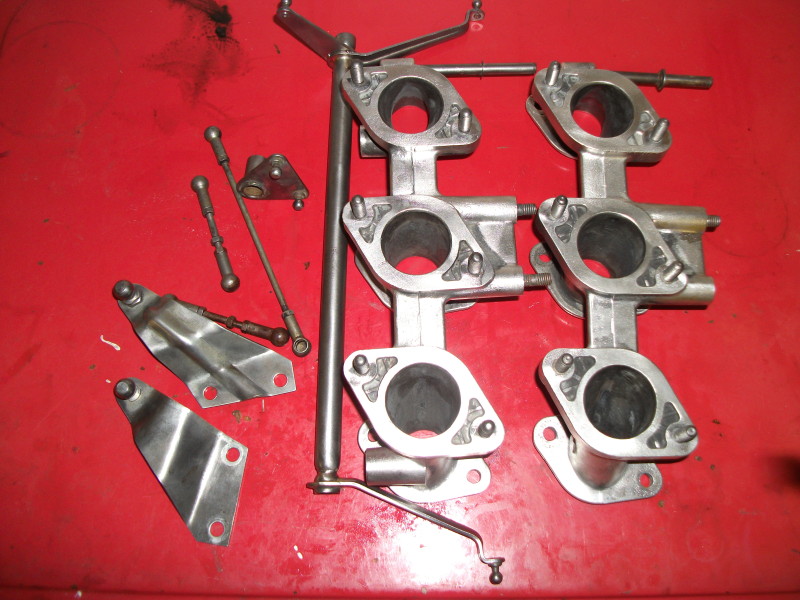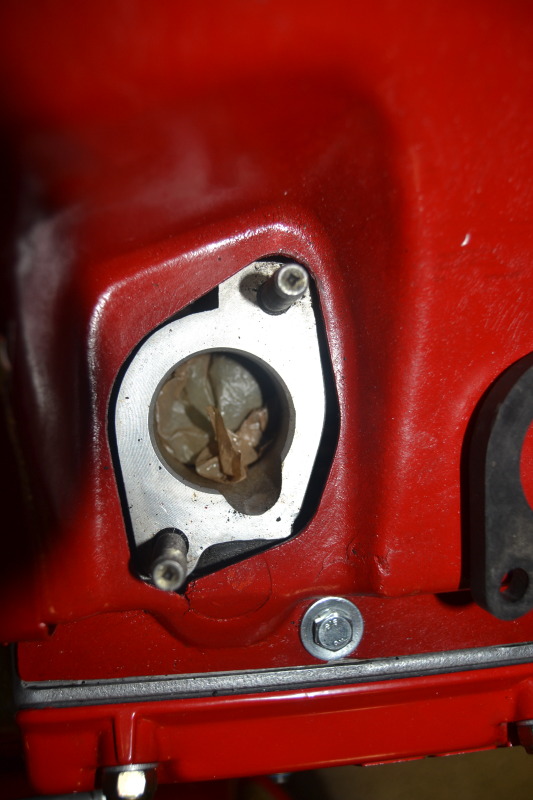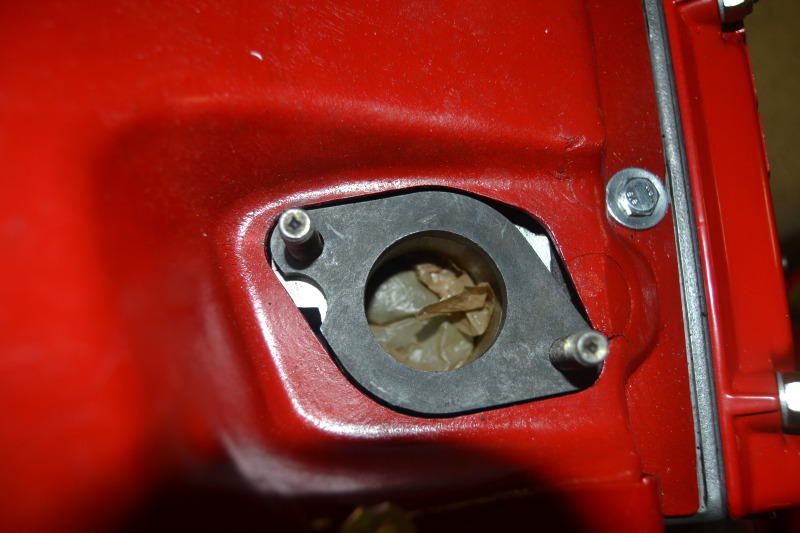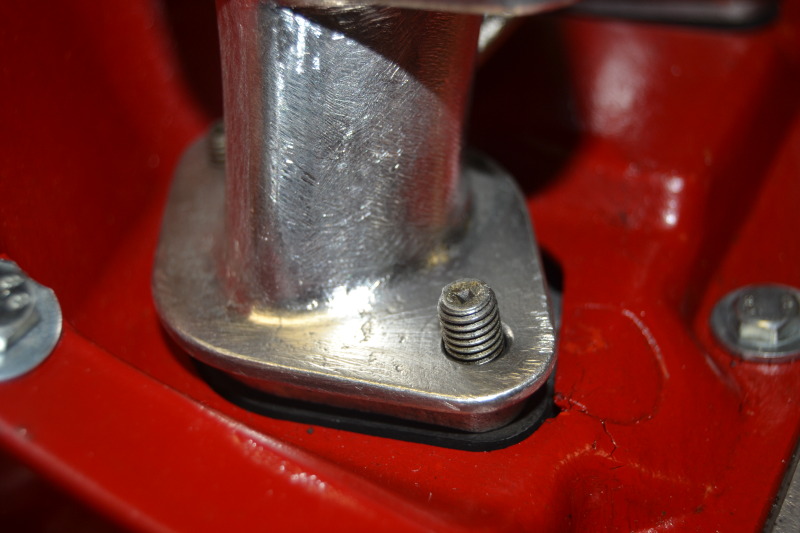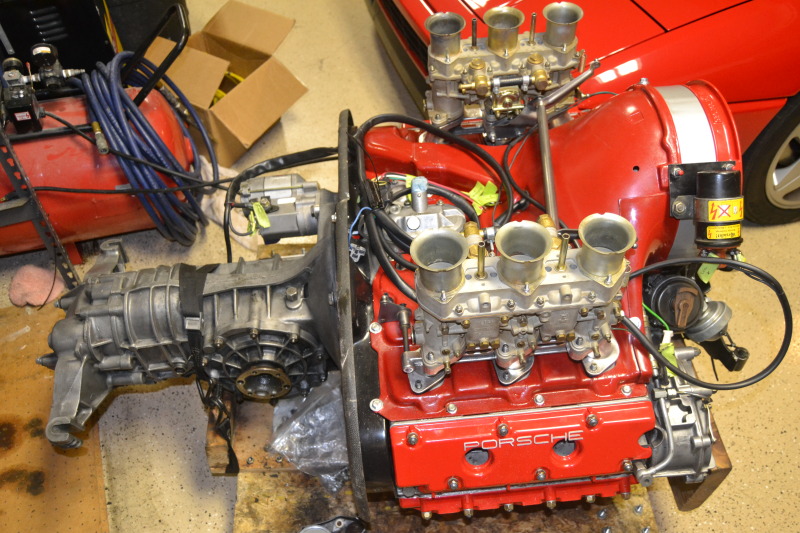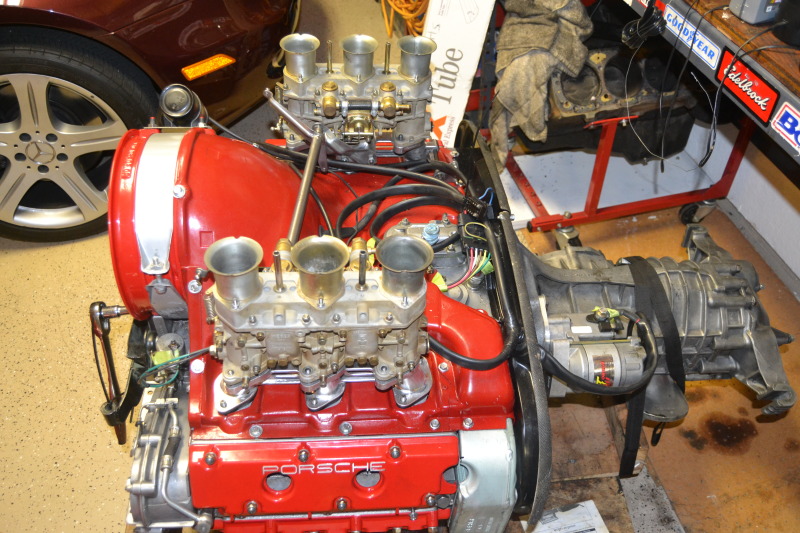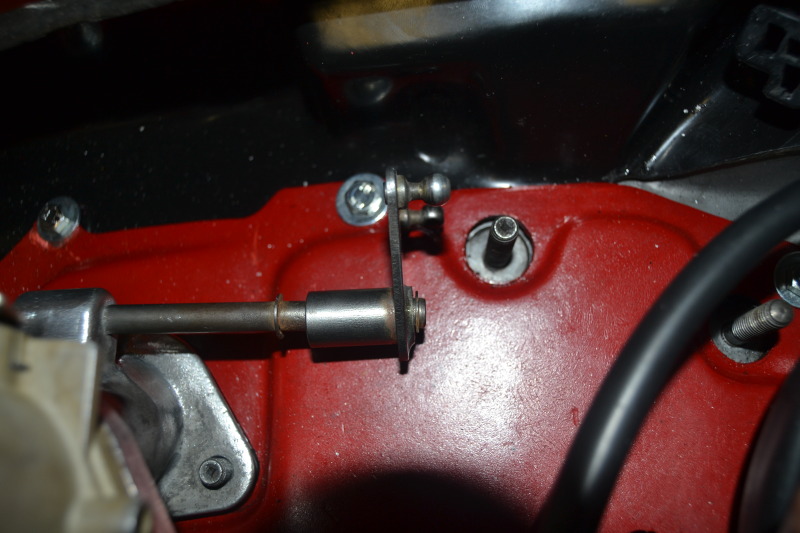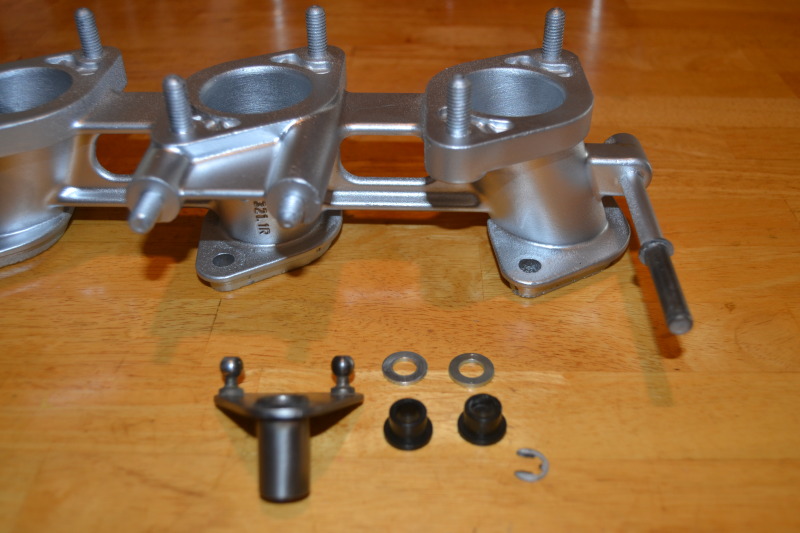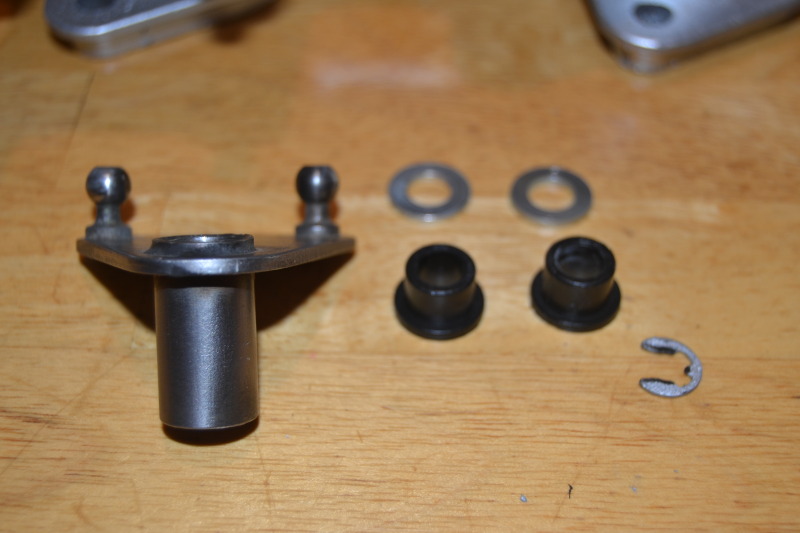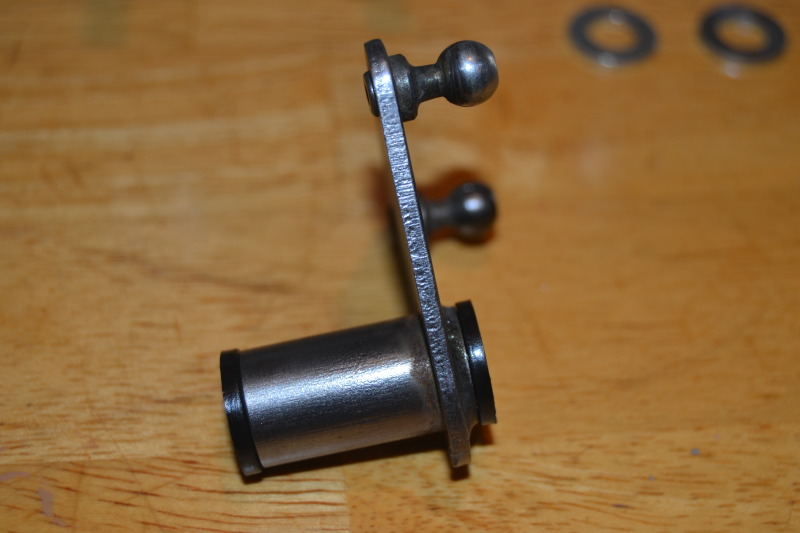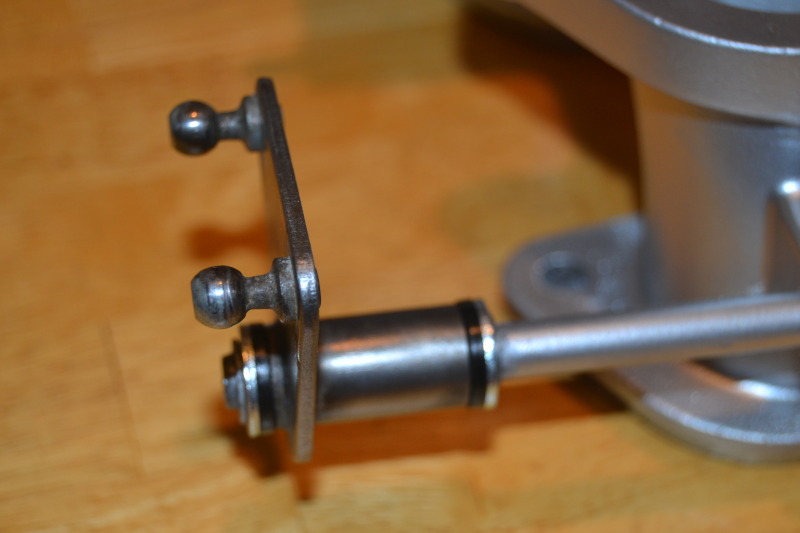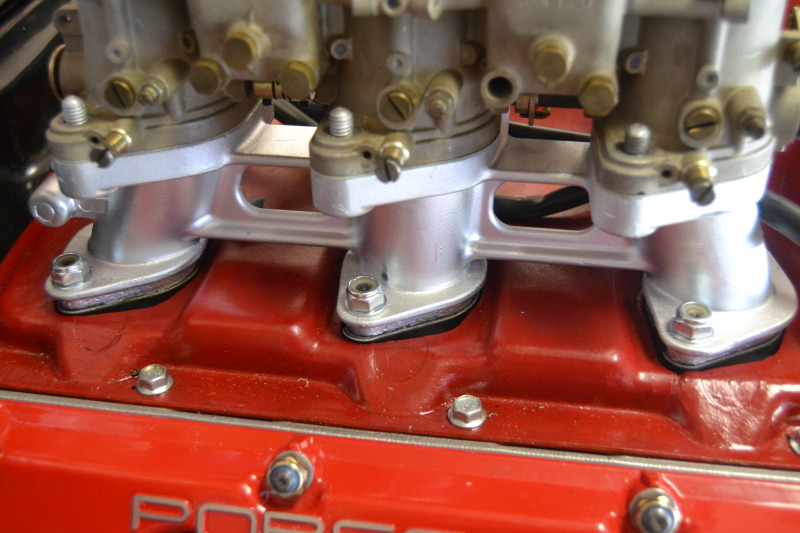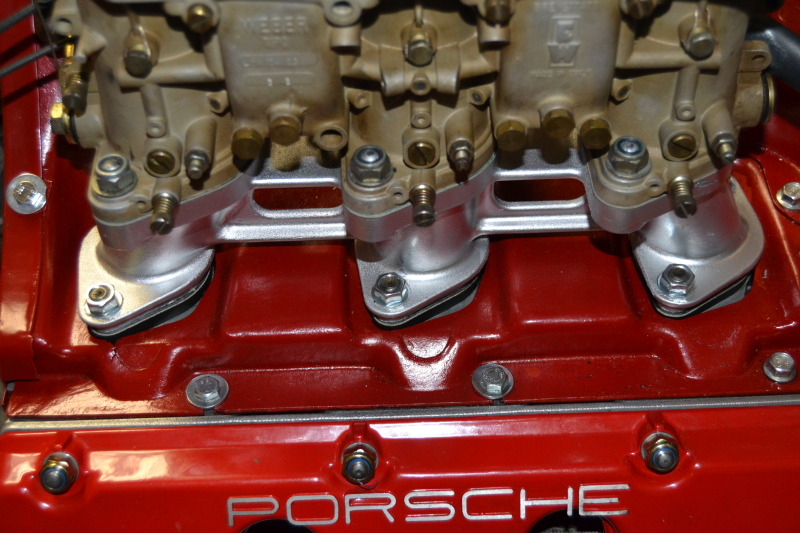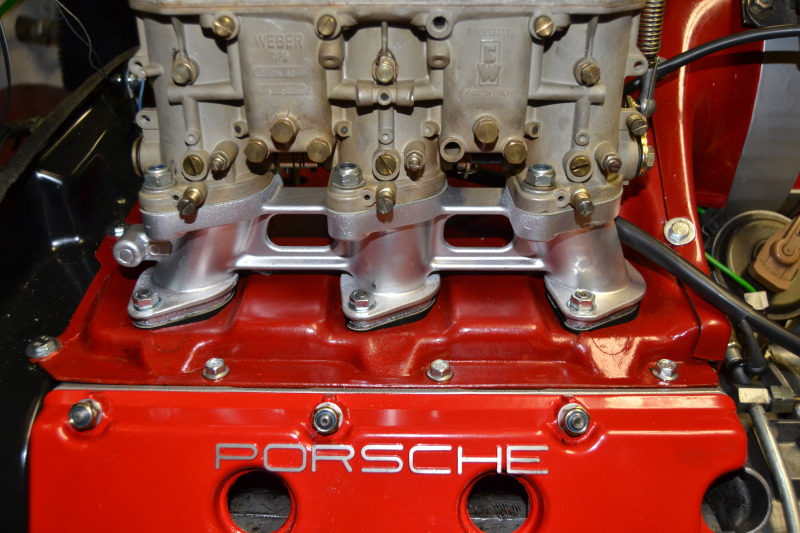I just got off the phone with the folks at Kennedy Engineering, since I am at that stage as well.
You have two options:
1) Keep the stock 228mm flywheel (which they call 9 inch) and buy their ring gear part number 9-915. These are $170.
or
2) buy a new one-piece flywheel from them (with proper ring gear machined into flywheel) made of 1045 steel. Price $300.
Either way you will need a pressure plate, clutch disc and throw out bearing. That costs an additional $356 (for their stage 2 package).
The benefit to the one piece, new flywheel is that you can run a stock 215 mm disc and plate (lower cost, available at any parts store). You can still run the larger 228mm parts with the new flywheel also.
With the ring gear option you are required to use their 9 inch clutch which is more expensive than a stock 215 clutch and must be purchased thropugh them.
The advantage to the larger size (228) aside from the obvious size increase is that they offer up to a stage 4 for that plate, capable of over 600 ft. lbs. of torque, if you are so motivated.
They recommend that you re-surface you old flywheel if you are going to run only the ring gear, and I do not know what that procedure costs from a reputable machine shop. I'd venture the cost is pretty similar between using the ring gear and machining your old flywheel versus buying the new flywheel and avoiding the machining costs.
Ring gear plus clutch =$526
New flywheel plus clutch = $656
The only other benefit I can think of if you use your old flywheel is that you could have it lightened - if that is actually a benefit.
But then again, if you buy a new flywheel you could probably sell your stock one for around $100.00

